Not far from Guernsey in southeastern Wyoming, you will find the Sunrise Mining District, another industrial heritage gem.


Not far from Guernsey in southeastern Wyoming, you will find the Sunrise Mining District, another industrial heritage gem.
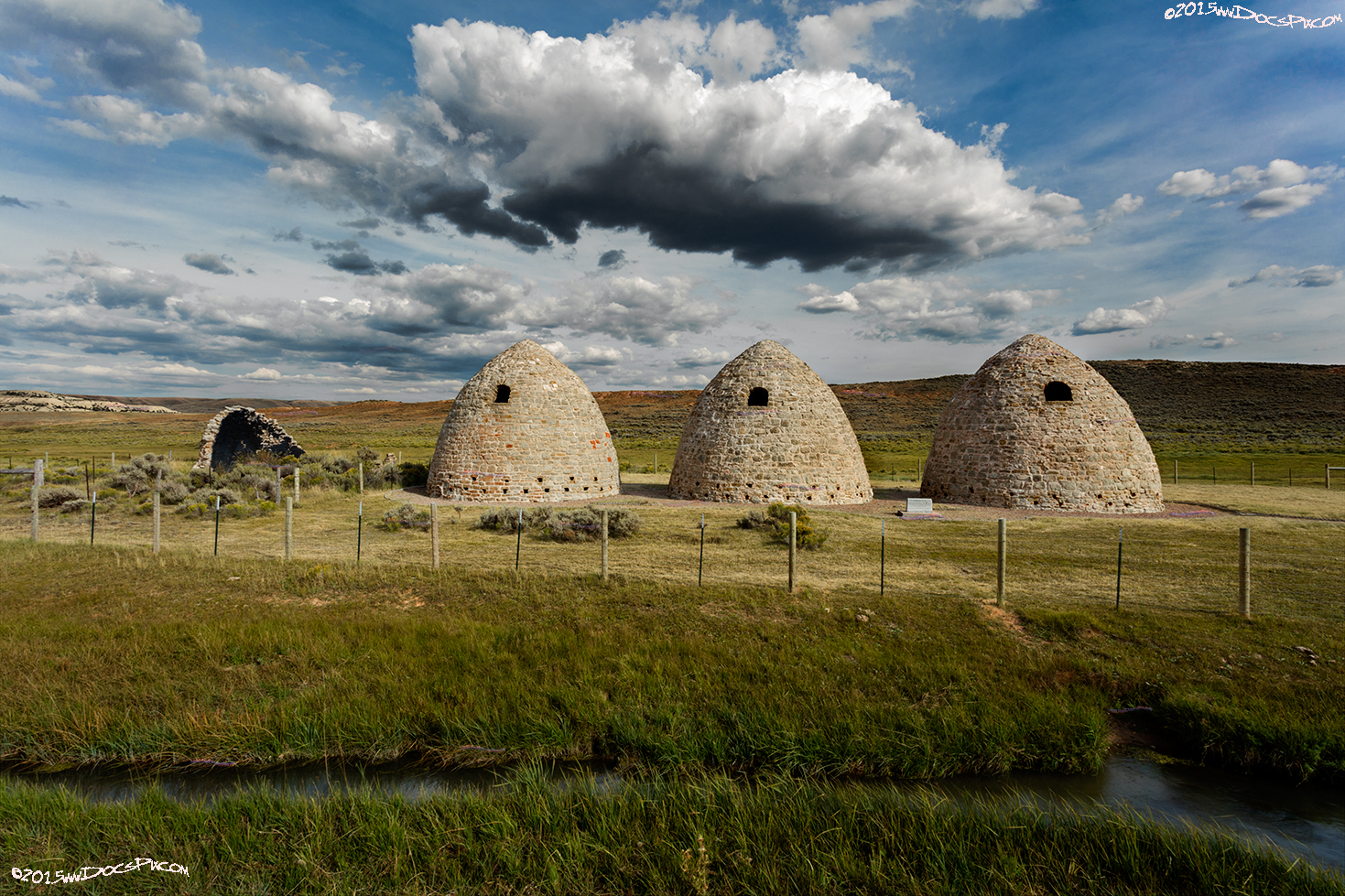
Another fascinating glimpse into our industrial past is the site of the Piedmont Charcoal Kilns, located south of Evanston.
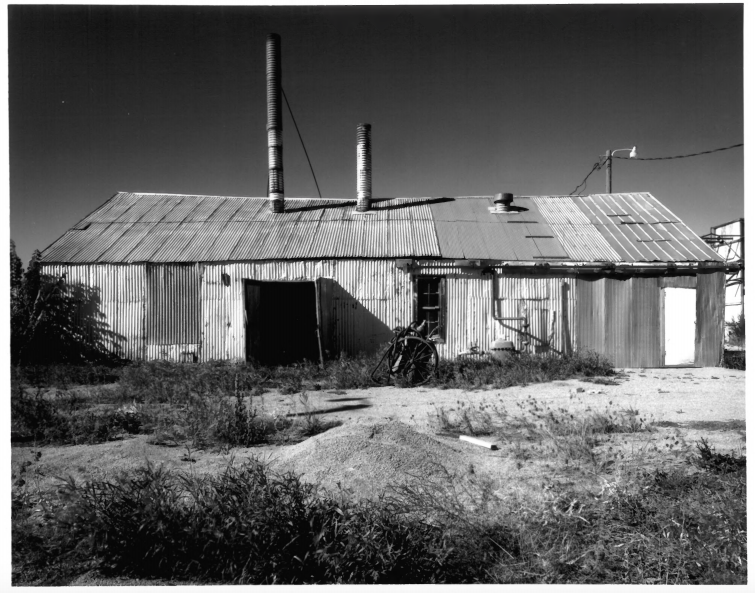
On the western edge of Lusk, in eastern Wyoming, sit two hulking cast-iron tanks.The tanks are the heart of C &H Refinery, the world’s smallest operating oil refinery.

Thank you to our volunteer Jon Wiebe for sharing his memory about going to the Lincoln head on I-80 for the first time.

There’s so much to see in Green River, if you decide to drive the Lincoln Highway make sure to check out the historic sites in the city of Green River. We are at the end of the highway and the end of the Greg’s journey, this week will be about Fort Bridger. But first we would like to thank Greg Rasanen for allowing us to share his journey across the Lincoln Highway and the history of all the historic places found along the I-80 corridor. If you want to check out Greg Rasanen’s Blog, click here. Also, if you have any stories of traveling through Wyoming and your experience at different historic places and spaces please feel free to reach out to us, we’re always looking for people’s experience. But back to the Lincoln Highway, last stop, Fort Bridger.

We feel like we’re on the Overland Trail after reading last weeks post about the Points of Rock Stage Station. We’re coming down to our last to post by Greg Rasanen as he starts to near the end of the Wyoming portion of the Lincoln Highway. This week we stop in Greg’s hometown, Green River!
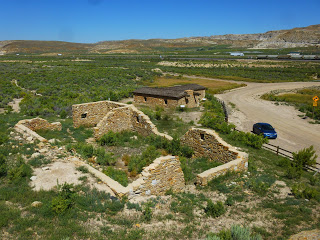
Though it continues to be sad that only pieces of Fort Steele remain, we had a blast reading Greg’s thoughts and history about what the site was and became. This week Greg stops by Points of Rock Stage Station.
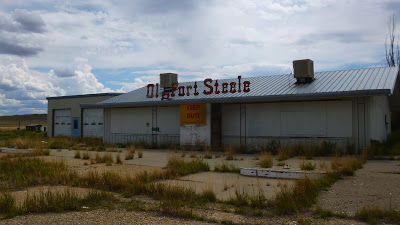
Last week’s stop on Greg’s Lincoln Highway Adventure was the Ames Monument. Last summer we celebrated the site becoming a National Historic Landmark, making it Wyoming’s twenty-sixth National Historic Landmark! This week we leave Albany county and head to Fort Steele.

Who doesn’t love Buford, Wyoming? We hope a new owner comes in to keep Wyoming’s smallest “town” running, the town is important both historically and for drivers on I-80 who might need to stop for gas or due to the weather. This week’s stop is only a few miles from the small town of Buford- the Ames Monument!
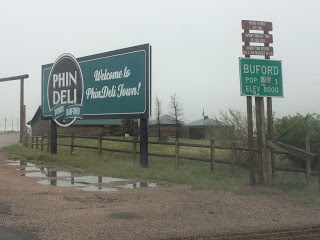
We hope you enjoyed the beginning of Greg Rasanen’s adventure crossing the Wyoming Lincoln Highway, we sure did! We especially like the part about Frontier Days, it’s always a great event that brings communities and families from all over the country together. Our next stop on this journey is Buford, Wyoming, let’s find out what Greg has to say about this small “town.”

This week we get to hear about the first stop on Greg’s tour of the Lincoln Highway. And what better place to start the trip than to stop in the state capital, Cheyenne. If you missed last week’s post, we are excited to be highlighting Greg Rasanen’s Blog about his trip across the Lincoln Highway for the next month.
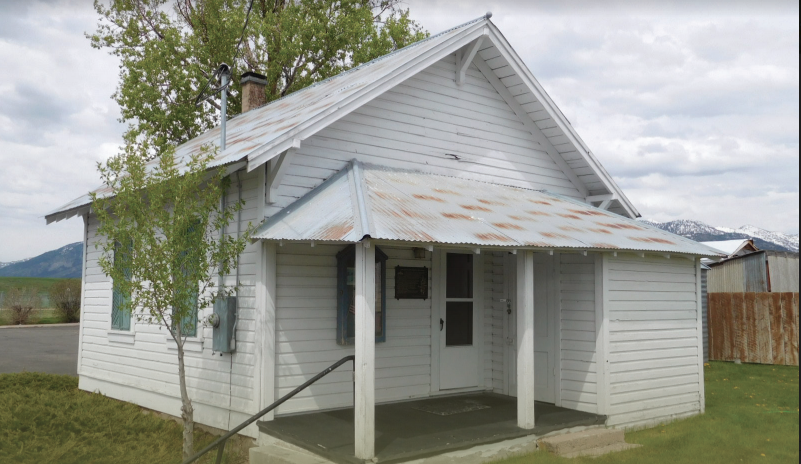
The Silver Star Camp located in Thayne, Wyoming was built in 1909 was built by the Ladies LDS Relief Society. In 2017, the DUP was awarded a Historic Architecture Assistance Fund grant which matched them with Dubbe-Moulder to create a rehabilitation plan for the property.

The Old Johnson school, which is currently being occupied by Destiny Church and Academy, was built on the South Side of Cheyenne in 1923. Following an unfortunate accident in 2016 which compromised a load bearing wall on the west side of the school, Destiny Church and Academy was awarded a Historic Architecture Assistance Fund grant in 2016, which connected them to TDSi in Cheyenne.
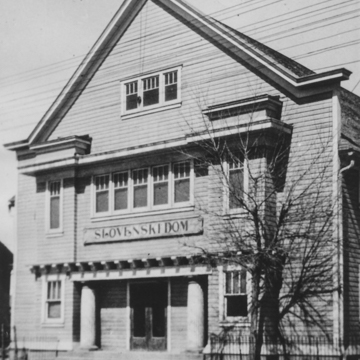
Rock Springs’ Slovenski Dom has served as the social and cultural heart of Rock Springs’ Slovenian community for over 100 years. This building is a great representation of the preservation of immigrant history within the state, and an important example of repurposing and using old buildings not leaving them dormant.
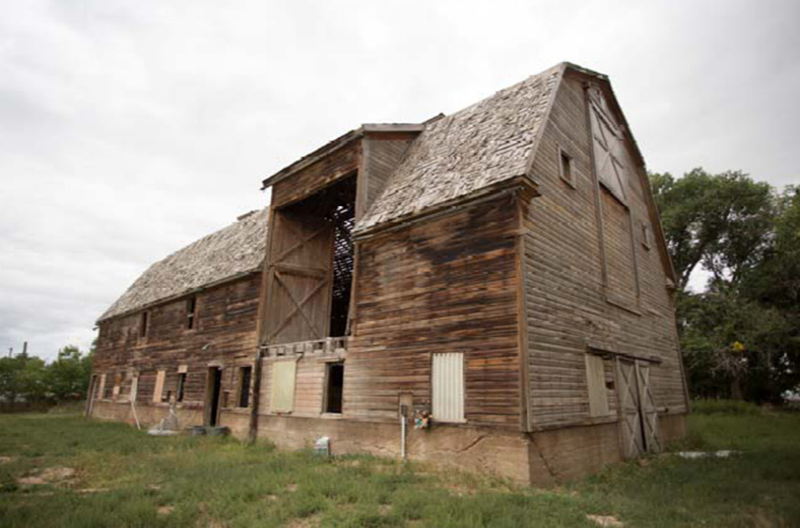
Located in West Laramie off of Highway 130 stands the 1910 wood frame Corthell Dairy Barn. Owner Candace Pisciotti was awarded a Historic Architecture Assistance Fund grant in 2016 to assess the barn’s condition. She hopes to develop a plan to preserve the building for future use.
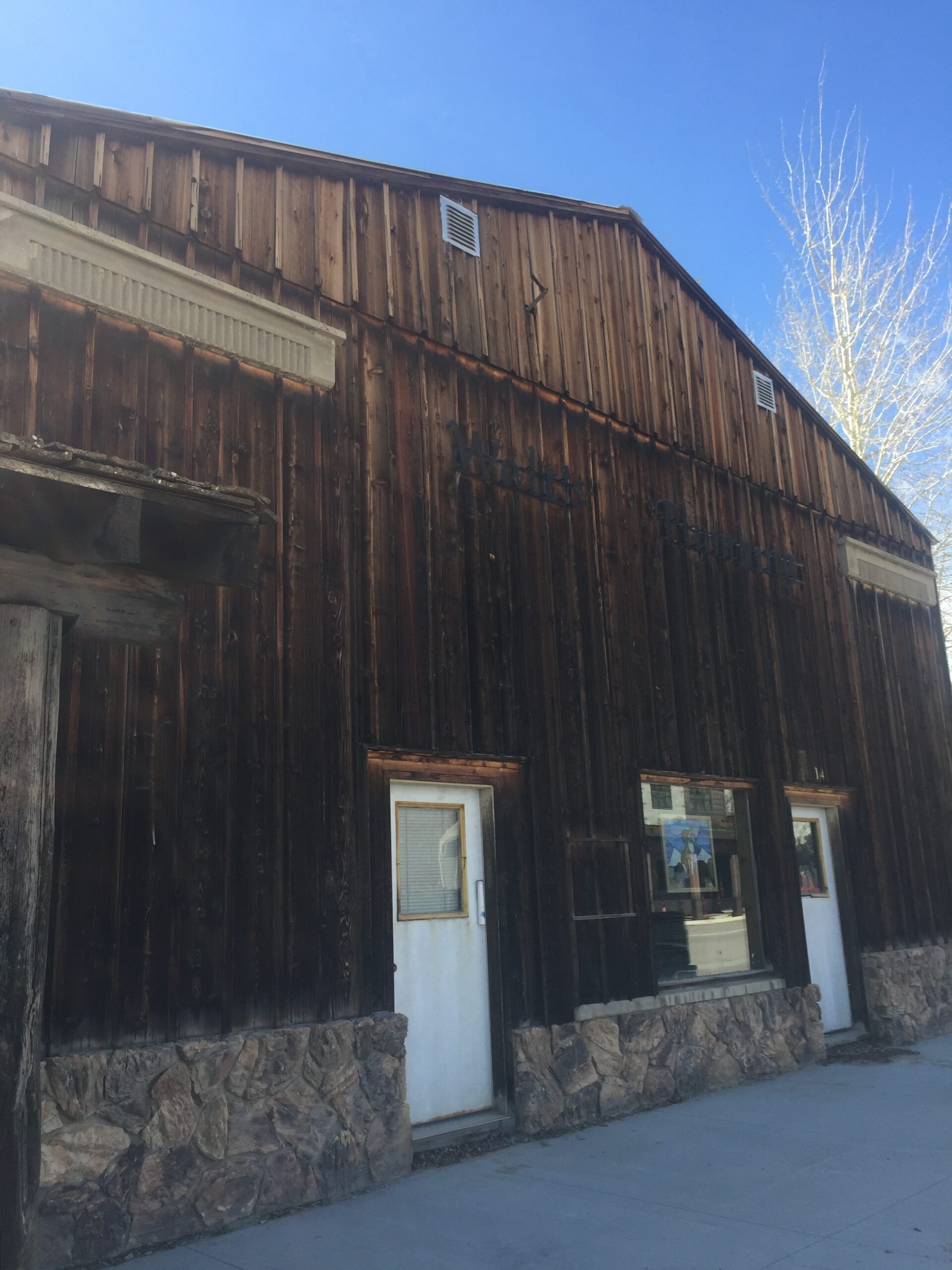
In September 1940 the new Skyline Theater opened in Pinedale, Wyoming and operated as a theater until the 1980s. The Skyline Theater is located in Pinedale’s locally designated historic district, and was awarded a Historic Architecture Assistance Fund grant in 2017.
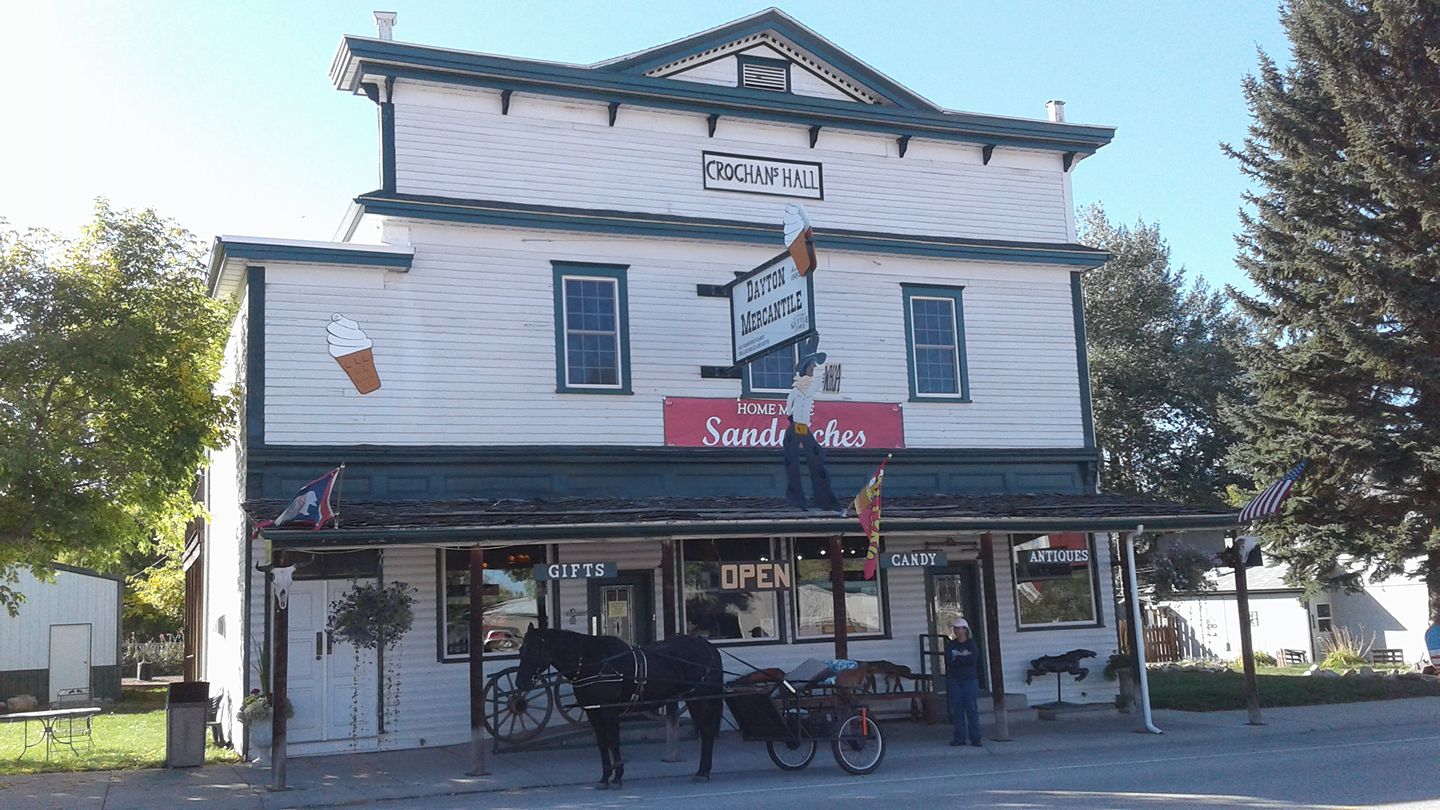
The Historic Dayton Mercantile is an amazing look into the rich history of Sheridan County and the beginning of the town of Dayton. The majestic old west look of the two-story building beckons people to look inside and is the subject of thousands of tourists’ photographs each year.

While many Wyoming towns only have one train depot, Rock Springs has two historic depots, reflecting the importance of the railroad for the community and the surrounding area.

The Wyoming National Bank in downtown Casper celebrated its 50th anniversary in 1964 with a modern building complex unlike any in Wyoming. The bank was designed by Denver architect Charles Deaton, who also designed the so-called “Jetson House” west of Denver, which was featured in Woody Allen’s 1973 movie Sleeper.
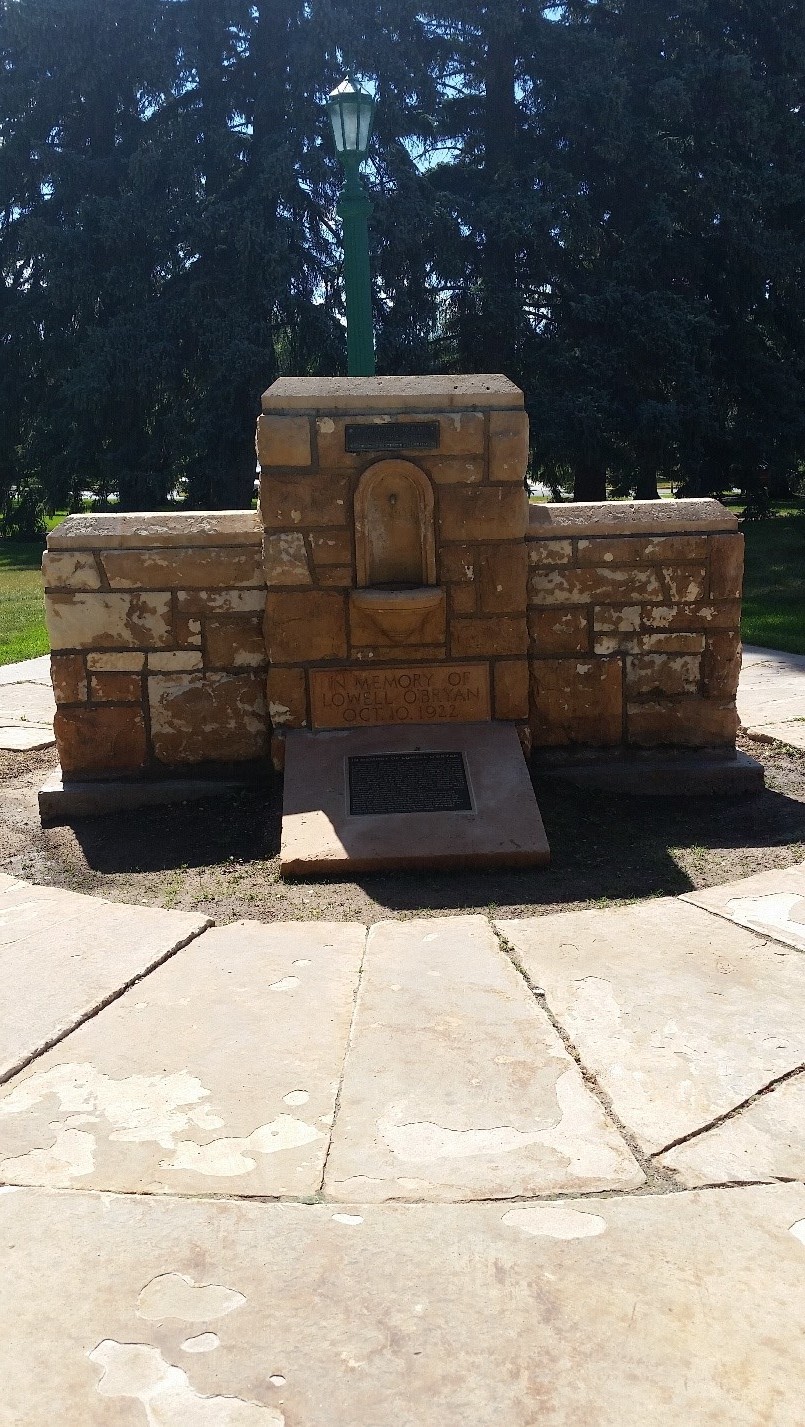
On the western edge of the University of Wyoming campus stands a largely forgotten monument to a former Cowboy. The Lowell O’Bryan monument is an unassuming stone drinking fountain located directly west of Old Main. It bears a plaque that reads “He gave himself to insure the safety of others.”

The first library in Cheyenne was located in Central School in a relatively small room. As the town grew and its needs multiplied, a committee to build a new library was established in 1900, and two years later, Cheyenne had a Carnegie Library.